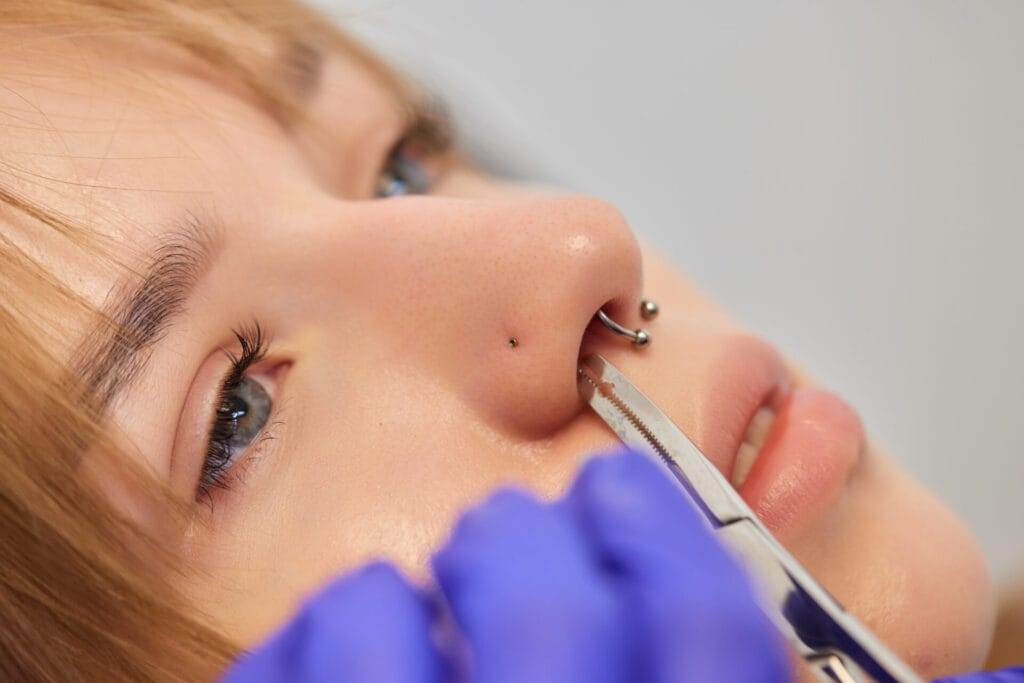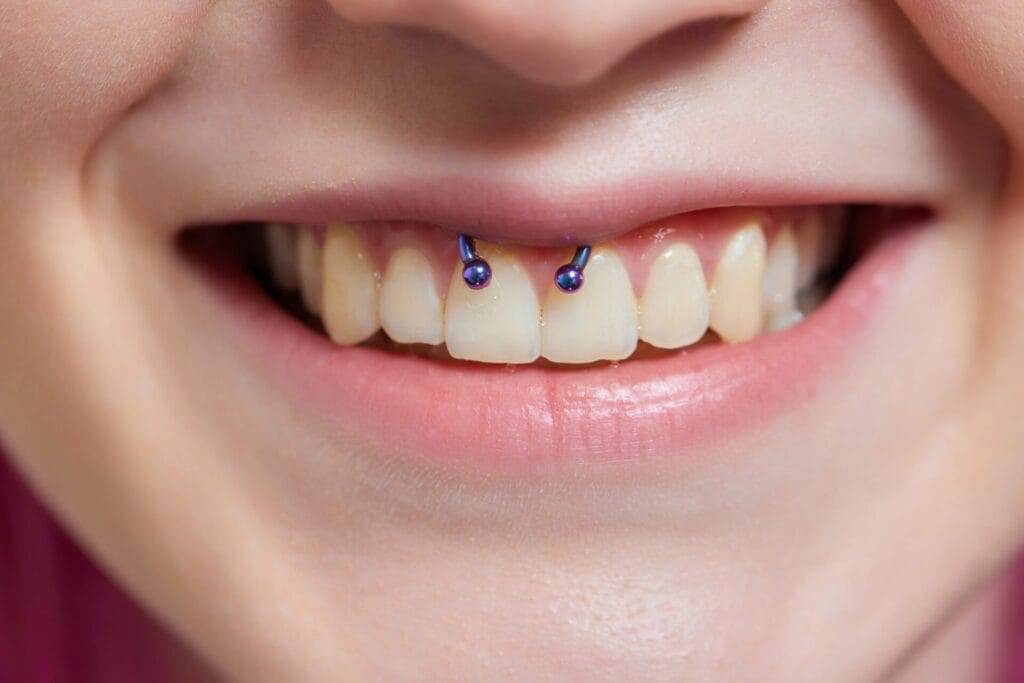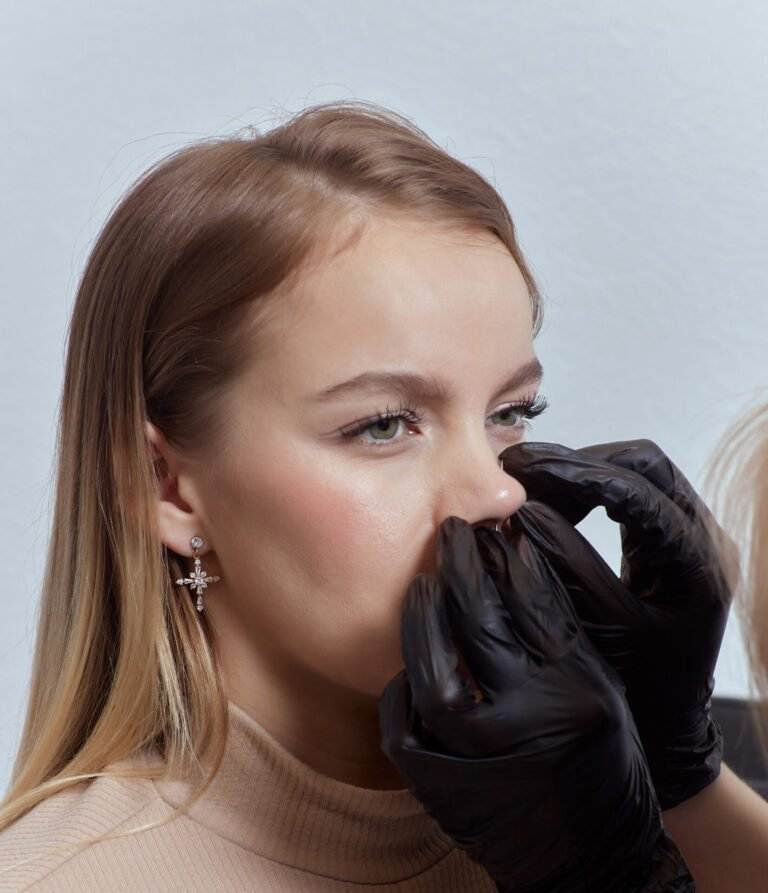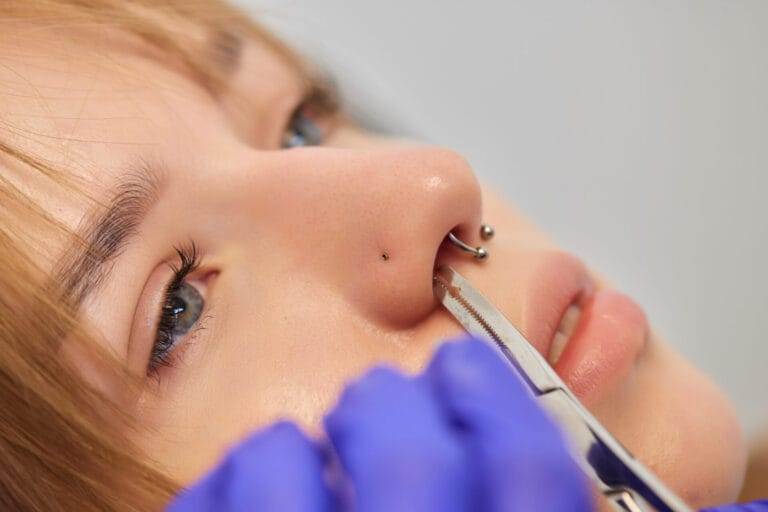Piercings have become increasingly popular in recent years, with people of all ages and backgrounds embracing this form of body modification. What was once considered a rebellious act has now become a mainstream fashion statement. Piercings have a long history and cultural significance, dating back thousands of years. They are more than just a fashion trend; they hold personal and emotional significance for many individuals. In this article, we will explore the importance of choosing a skilled and experienced piercer, the role of precision in achieving the perfect piercing, the different types of piercings and how they enhance your look, the pros and cons of different piercing techniques, the importance of proper aftercare, how to choose the right jewelry for your piercing, the latest trends in piercing fashion, the dos and don’ts of piercing maintenance, how to deal with complications and infections, and the emotional and psychological benefits of piercings.
Why Piercings Are More Than Just a Fashion Statement
Piercings have a rich historical and cultural significance that goes beyond their current popularity as a fashion statement. Throughout history, piercings have been used for various purposes, including religious rituals, cultural traditions, and personal expression. In ancient civilizations such as Egypt and Rome, piercings were seen as a symbol of wealth and status. In some cultures, specific piercings were believed to have healing properties or to ward off evil spirits.
On a personal level, piercings can hold deep emotional significance for individuals. They can be a form of self-expression, allowing people to showcase their individuality and unique style. For some, getting a piercing is a way to commemorate a significant event or milestone in their lives. It can also be a form of empowerment, allowing individuals to take control of their bodies and make choices that reflect their own desires and values.
The Role of Precision in Achieving the Perfect Piercing
Precision is crucial when it comes to achieving the perfect piercing. A poorly placed piercing can lead to a variety of complications, including migration, rejection, and scarring. It is important for the piercer to carefully consider the anatomy of the individual and choose the appropriate placement for the piercing.
In addition to avoiding complications, a perfectly placed piercing can enhance your overall look. It can accentuate your features and complement your personal style. Whether you are looking for a subtle addition or a bold statement, precision is key in achieving the desired aesthetic outcome.
The Different Types of Piercings and How They Enhance Your Look
There are numerous types of piercings available, each with its own unique aesthetic benefits. From ear piercings such as helix, tragus, and daith, to facial piercings like nose, lip, and eyebrow, there is a wide range of options to choose from. Each piercing has the potential to enhance your look in different ways.
Ear piercings are perhaps the most popular type of piercing, with many individuals opting for multiple earlobe piercings or cartilage piercings. These piercings can be stacked and layered to create a unique and personalized look. They can also be adorned with a variety of jewelry options, from simple studs to elaborate hoops and dangles.
Facial piercings, on the other hand, can add a bold and edgy element to your overall appearance. A nose piercing, for example, can draw attention to your eyes and highlight your facial features. Lip piercings can create a focal point on your face and add a touch of rebellion to your style. Eyebrow piercings can accentuate your eyebrows and give you a more daring and adventurous look.
The Pros and Cons of Different Piercing Techniques
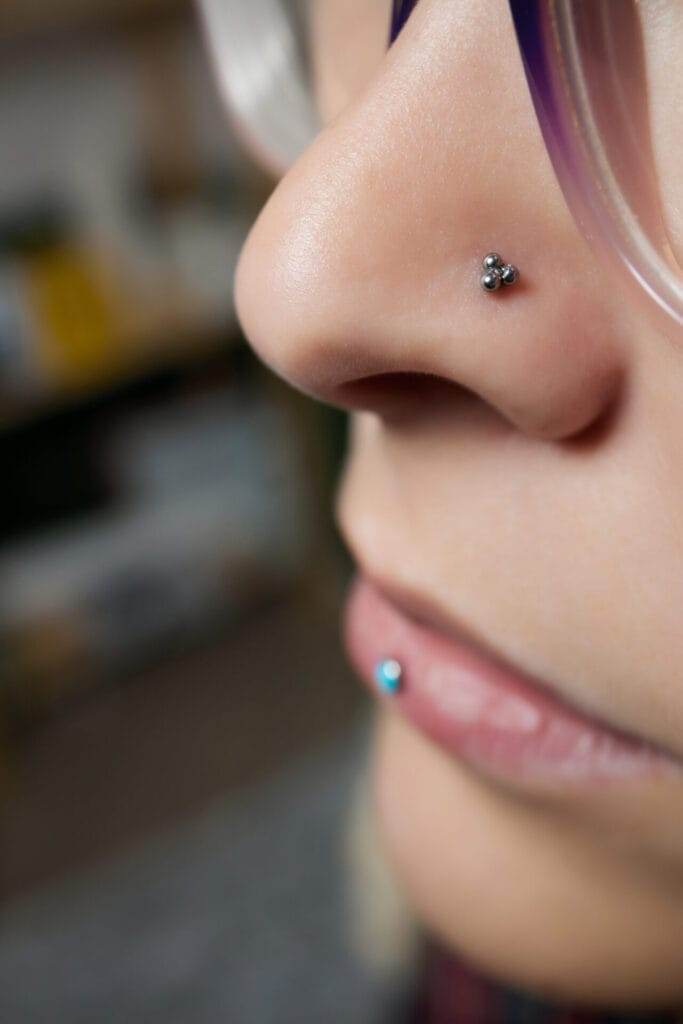
There are several different techniques that can be used to perform a piercing, each with its own benefits and drawbacks. The most common techniques include needle piercing, gun piercing, and dermal punching.
Needle piercing is considered the safest and most hygienic technique. It involves using a hollow needle to create a clean hole for the jewelry to be inserted. This technique allows for more precise placement and reduces the risk of complications such as infection or scarring.
Gun piercing, on the other hand, involves using a piercing gun to force the jewelry through the skin. While this technique is quick and relatively painless, it carries a higher risk of complications. The forceful nature of the gun can cause trauma to the tissue, leading to increased healing time and potential complications.
Dermal punching is a technique used for larger gauge piercings or surface piercings. It involves using a dermal punch to remove a small piece of tissue, creating a hole for the jewelry to be inserted. This technique is more invasive and carries a higher risk of complications such as bleeding or scarring.
When choosing a technique for your desired piercing, it is important to consider the potential risks and benefits associated with each method. Consulting with a skilled and experienced piercer can help you make an informed decision based on your individual needs and preferences.
The Importance of Proper Aftercare for Your Piercings
Proper aftercare is essential for the healing and maintenance of your piercings. Failing to follow the recommended aftercare instructions can increase the risk of infection, prolong the healing process, and lead to complications such as migration or rejection.
After getting a piercing, it is important to keep the area clean and free from bacteria. This can be done by gently cleaning the piercing with a saline solution or a mild soap and water. It is also important to avoid touching the piercing with dirty hands or exposing it to harsh chemicals or irritants.
In addition to cleaning, proper aftercare also involves avoiding certain activities that can disrupt the healing process. This includes avoiding swimming in pools or hot tubs, using saunas or steam rooms, and wearing tight or restrictive clothing that can irritate the piercing.
Following the recommended aftercare instructions provided by your piercer is crucial in ensuring a successful healing process and maintaining the health of your piercing.
How to Choose the Right Jewelry for Your Piercing
Choosing the right jewelry for your piercing is important not only for aesthetic reasons but also for the health and safety of your piercing. The type of jewelry you choose should be appropriate for the specific piercing and made from high-quality materials that are safe for long-term wear.
For initial piercings, it is recommended to use jewelry made from materials such as surgical stainless steel, titanium, or niobium. These materials are hypoallergenic and less likely to cause irritation or allergic reactions. It is important to avoid jewelry made from nickel or other low-quality metals, as they can cause allergic reactions and delay the healing process.
Once your piercing has fully healed, you have more options when it comes to choosing jewelry. From simple studs to elaborate hoops and dangles, there are countless styles and designs to choose from. It is important to choose jewelry that not only fits your personal style but also complements the specific piercing and enhances your overall look.
The Latest Trends in Piercing Fashion
Piercing fashion is constantly evolving, with new trends emerging all the time. Keeping up with the latest trends can be a fun way to experiment with your style and stay on top of current fashion movements.
One of the current trends in piercing fashion is the curated ear. This involves creating a unique and personalized look by combining multiple ear piercings and stacking different types of jewelry. From delicate studs to statement hoops, the curated ear allows for endless possibilities and creative expression.
Another trend that has gained popularity in recent years is the septum piercing. This type of piercing involves piercing the cartilage between the nostrils and inserting a piece of jewelry, such as a hoop or a clicker. The septum piercing can add a bold and edgy element to your look, making it a popular choice among those who want to make a statement.
The Dos and Don’ts of Piercing Maintenance
Maintaining your piercings properly is crucial in ensuring their longevity and preventing complications. There are several dos and don’ts that you should keep in mind when it comes to piercing maintenance.
Dos:
– Clean your piercings regularly with a saline solution or mild soap and water.
– Gently rotate the jewelry during cleaning to prevent it from sticking to the surrounding tissue.
– Be mindful of any signs of infection, such as redness, swelling, or discharge, and seek medical attention if necessary.
– Follow any specific aftercare instructions provided by your piercer.
– Choose high-quality jewelry made from safe materials.
Don’ts:
– Touch your piercings with dirty hands.
– Use harsh chemicals or irritants on your piercings.
– Remove the jewelry before the piercing has fully healed.
– Play with or twist the jewelry excessively.
– Ignore any signs of infection or complications.
By following these dos and don’ts, you can ensure the health and longevity of your piercings.
How to Deal with Piercing Complications and Infections
While proper aftercare and maintenance can help prevent complications and infections, they can still occur. It is important to be aware of the signs of infection or other complications and know how to deal with them.
If you suspect that your piercing is infected, it is important to seek medical attention as soon as possible. Infections can be serious if left untreated and may require antibiotics or other medical interventions. Signs of infection include redness, swelling, pain, discharge, and a foul odor.
In addition to infections, other complications such as migration, rejection, or scarring can occur. If you notice any changes in the appearance or feel of your piercing, it is important to consult with your piercer or a healthcare professional. They can assess the situation and provide guidance on how to address the issue.
The Emotional and Psychological Benefits of Piercings
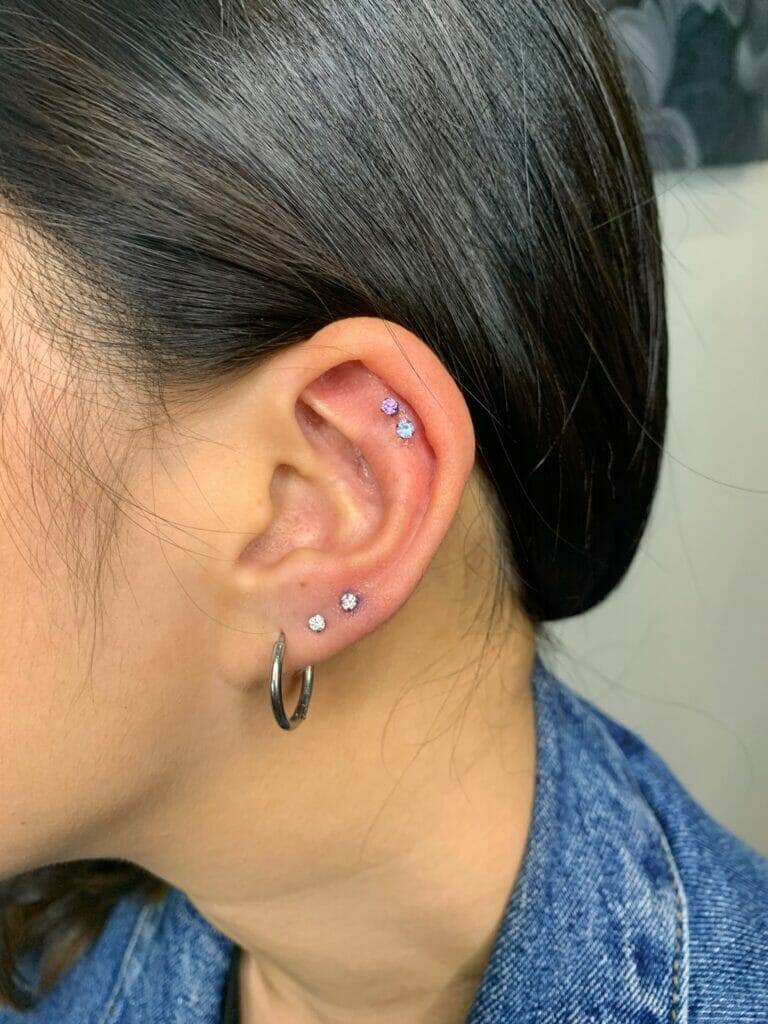
Piercings can have a profound impact on an individual’s emotional and psychological well-being. They can boost self-confidence, enhance self-expression, and provide a sense of empowerment.
For many individuals, getting a piercing is a way to express their individuality and showcase their unique style. It allows them to stand out from the crowd and make a statement about who they are. Piercings can also serve as a form of self-care, allowing individuals to take control of their bodies and make choices that reflect their own desires and values.
In addition to self-expression, piercings can also boost self-confidence. They can make individuals feel more comfortable in their own skin and help them embrace their bodies. Piercings can be a source of pride and a reminder of personal growth and self-acceptance.
Piercings are more than just a fashion statement; they hold historical, cultural, personal, and emotional significance. Choosing a skilled and experienced piercer, following proper aftercare, and maintaining your piercings are crucial in ensuring their health and longevity. Piercings can enhance your look, boost your self-confidence, and provide a form of self-expression. By exploring the different types of piercings, staying up to date with the latest trends, and taking care of your piercings properly, you can fully embrace the personal and emotional benefits that piercings have to offer.

